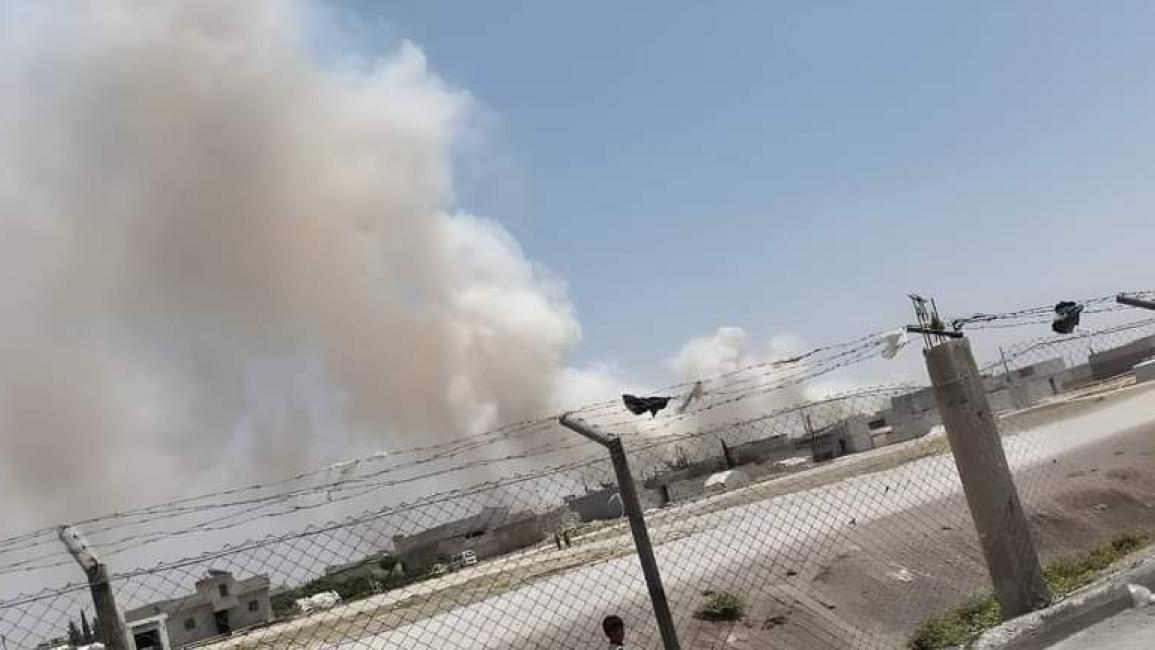The Abu al-Zindeen crossing, which links the areas controlled by the opposition Syrian National Army with those held by the Syrian regime in the northern countryside of Aleppo, has been subjected to rocket shelling for the second consecutive day, resulting in injuries. A source within the Turkish-backed Syrian National Army reported that the shelling, likely originating from Iranian militias, targeted advanced positions at the Abu al-Zindeen crossing near the city of al-Bab in the eastern Aleppo countryside, injuring members of the military police. This attack coincided with the presence of protesters near the crossing on the al-Bab side, who were attempting to prevent the reopening of the crossing and the resumption of commercial movement towards areas under the Syrian regime’s control.
The Syrian Opposition and U.S. Official Discuss Latest Syrian Developments
On Tuesday, protesters blocked commercial trucks loaded with wheat and barley, destined for regime-held areas, from reaching the Abu al-Zindeen crossing. The protesters expressed their strong opposition to the opening of any crossings with the regime, fearing it would bolster its economic situation and potentially pave the way for normalization of relations. They also threatened to burn the trucks and their cargo if the owners attempted to return to the crossing. The protesters emphasized that no crossing should be opened with the Syrian regime while thousands of detainees remain in its security prisons.
The first commercial trucks from opposition-held areas entered regime-controlled territories through the crossing on Sunday, carrying foodstuffs, wheat, barley, flour, and sugar. However, since its closure in 2020 due to the COVID-19 pandemic, the crossing has yet to facilitate the movement of commercial trucks from regime-controlled areas to opposition-held territories.
This article was translated and edited by The Syrian Observer. The Syrian Observer has not verified the content of this story. Responsibility for the information and views set out in this article lies entirely with the author.


